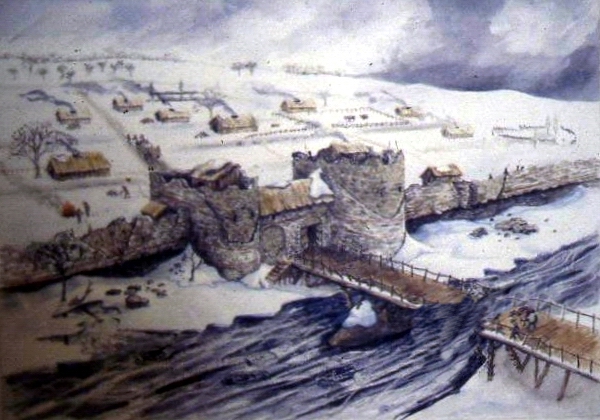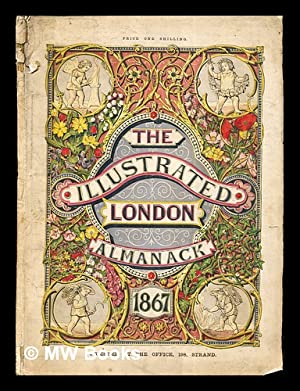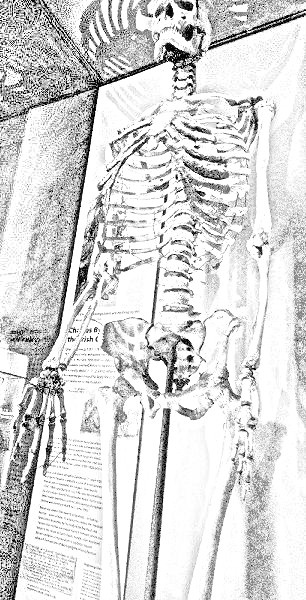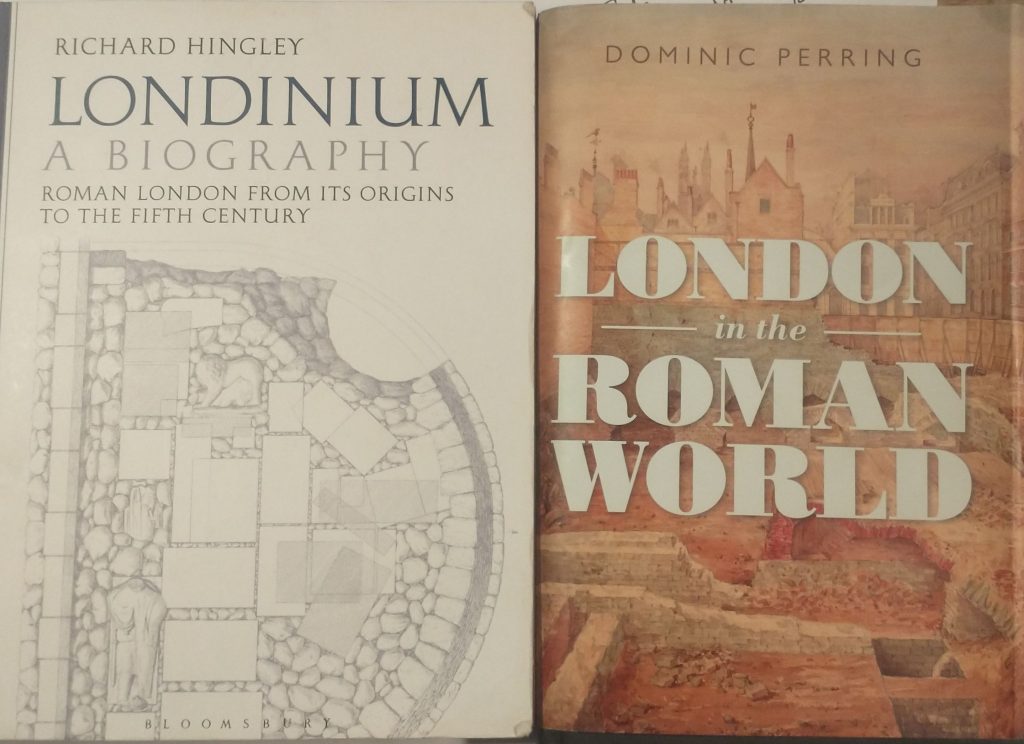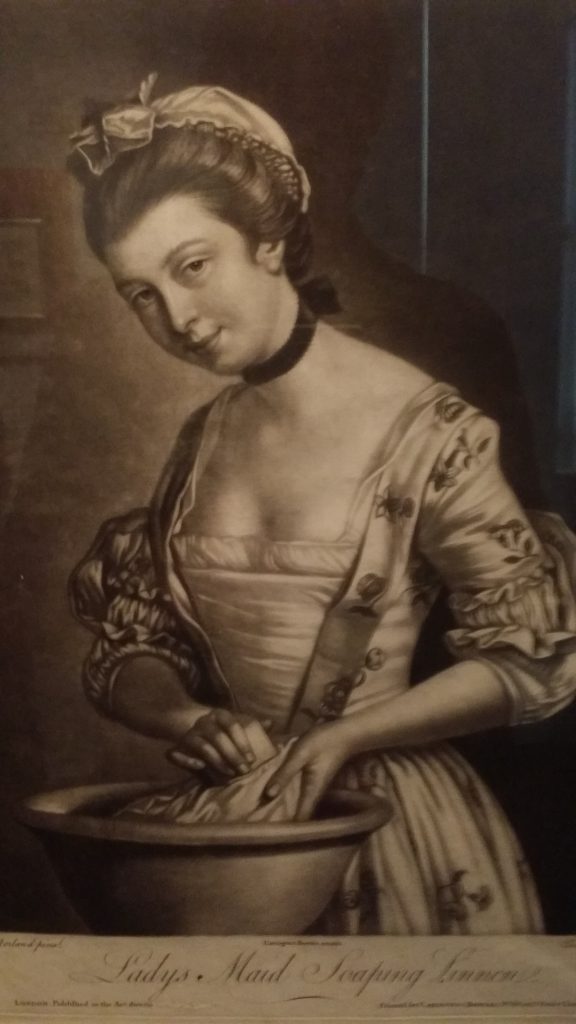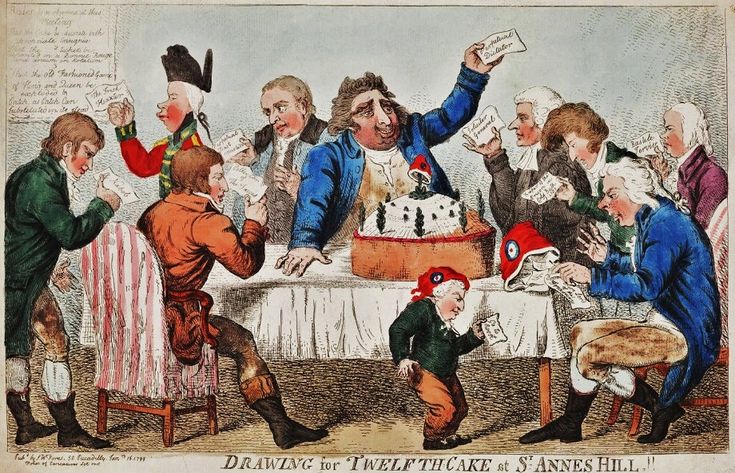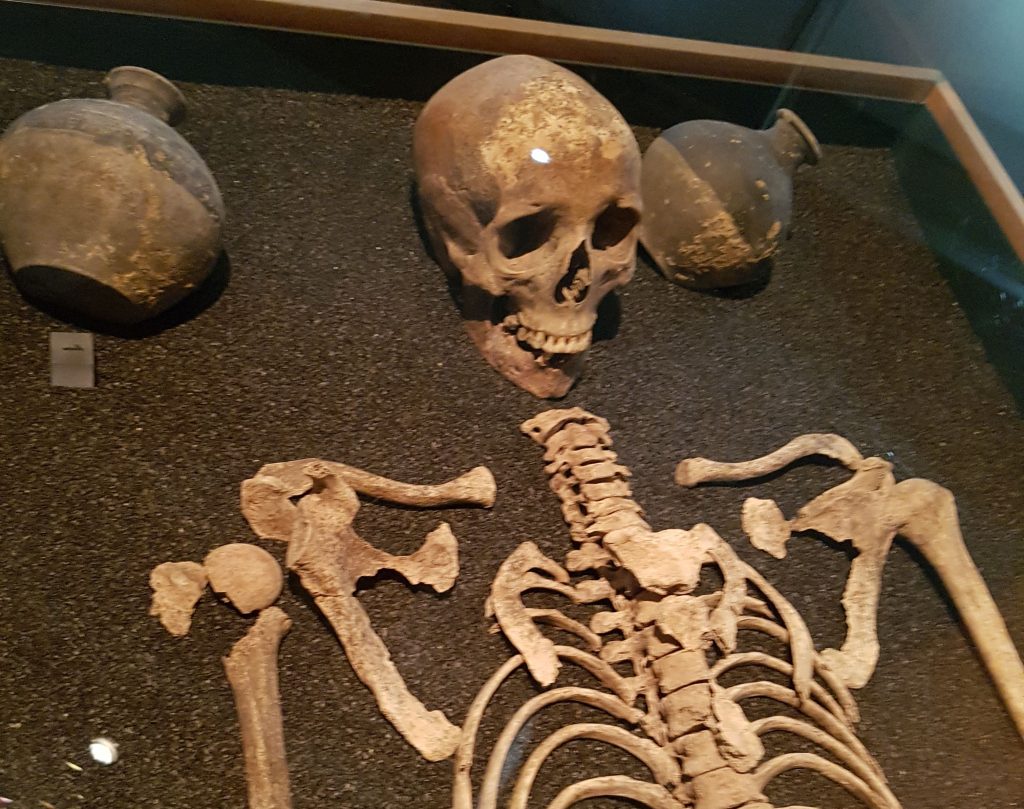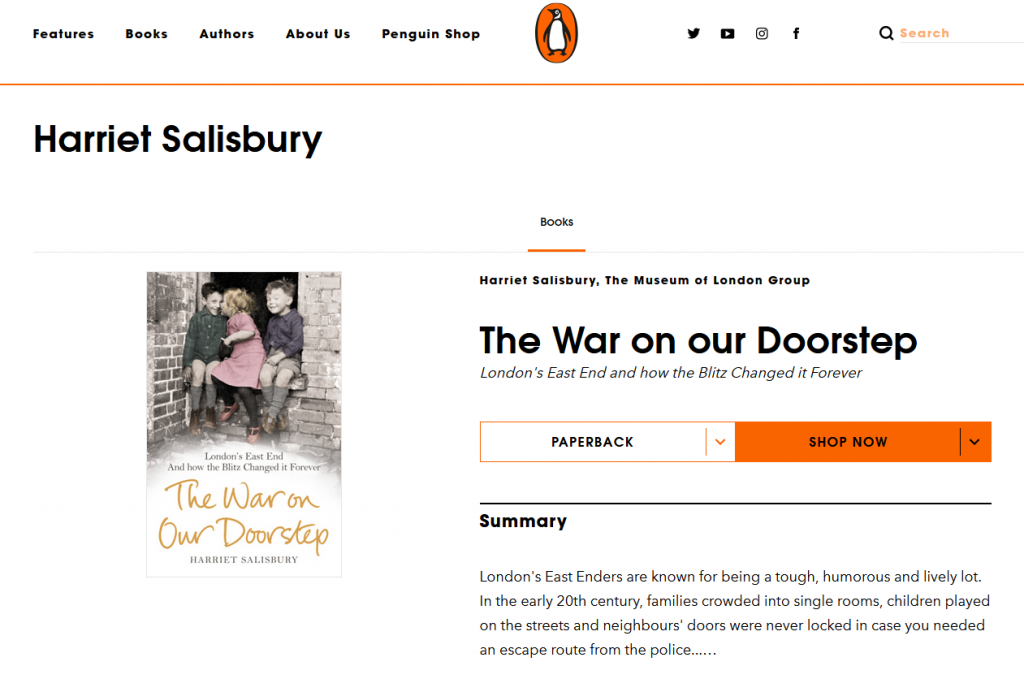
A point I wanted to make earlier about Brexit is on British/English exceptionalism.
When I was at school we were taught the history of ‘This Island Story’, something that is hardly mentioned in the 21st Century. But it was part of the Imperial story of the British Empire and distanced ourselves from Europe.
Britain first was at a distance from Europe when the landbridge that is now called Doggerland was swept away by rising meltwater in about 8,000 years BP and made us an Island.
As farming spread from Asia Minor it took an extra hundred years to bridge the Channel.
The most interesting difference is at the end of the Roman period. When the western part of the Roman Empire fell in the 5th Century, it was taken over by Germanic Kings. The Franks in France and Germany; the Anglo Saxons etc in England; the Lombards in Italy and Goths, Visigoths, Vandals in Spain (and N. Africa).
On the mainland the German Kings became native and the Latin language, and Christian religion maintained a strong tradition of Roman law and culture. French, Italian, Spanish,Roumanian are all romance languages based on Latin.
But cross the Channel to England and our German Kings didn’t adopt the Latin language and indeed the Celtic dialect of Brittonic (except of course in Wales), and changed the religion to pagan. So English culture is Germanic and not Roman.
So we do not have a foundation in Latin culture and Roman law.
In the 16th Century Britain further turned from Catholic Culture. But the next really significant difference was the changes instituted by Napoleon as he subdued and changed and to an extent rationalised and liberalised the continent with dreams of creating United Europe of Nations (in contrast to the Empires that held sway (such as the Holy Roman Empire, and the Austro-Hungarian Empire https://www.napoleon-series.org/research/napoleon/c_unification)
Most legal systems in Europe are based on Roman Law as amended by the Napoleonic code. England by contrast is based on the Common Law.
So these differences combined with our arrogance of Empire, the Industrial Revolution and belief we won World War 2 (not to mention our pride in Shakespeare, Newton and Darwin etc etc) probably lay behind ‘British Exceptionalism’ which led to the misguided belief that we are held back by Europe despite all the evidence to the contrary.
Here is a disillusioned Tory party donor who believes Brexit is a ‘complete disaster…. and total lies.’ And here an economic assessment.
And what is, in some ways, worse is that the government is planning a Bonfire of the EU Regulations. Rees-Moog is responsible to this obscene anti-democratic Bill presented to the House of Commons. He sees it as getting rid of a whole raft of EU regulations that have entered our legal system during our 40 years of membership of the EU.
He claims anyone who opposes his bill is reopening the Brexit debate. This is a natural autocrat’s lie. Brexit was presented as ‘bringing back control to the people and to Parliament’. What this Bill is, is bringing massive power back to Ministers in the Government. All these European regulations will be examined by Ministers and their departments, and THEY decide what to drop and what to not. European Regulations govern of lot of our laws on work, farming and industry and much more. If the Minister decides he does not like a regulation HE or SHE can get rid of it. It does not need parliament to approve it, nor an election. There is not enough time or resources put to this for proper scrutiny by the Department’s Civil Servants, nor the Government, and none for Parliament.
It is an outrage to my mind, and shows that people like Rees-Moog have really been trying to turn Britain into a de-regulated economy for the benefit of people like himself with very little thought for the health of our democracy.


